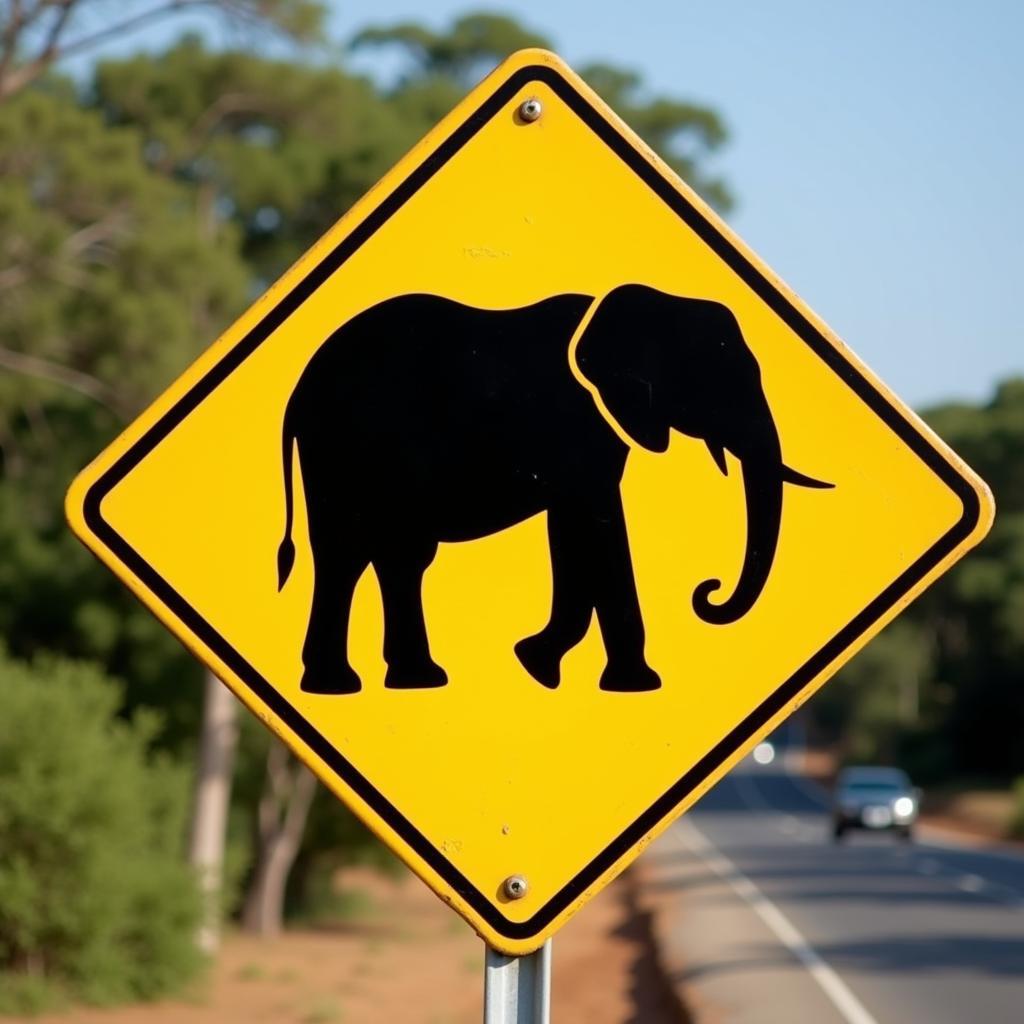African Elephant Attacks in Botswana: Understanding the Causes and Finding Solutions
Botswana, a country renowned for its breathtaking landscapes and abundant wildlife, is also home to the largest population of African elephants in the world. However, this coexistence has its challenges, and one that has gained increasing attention is the issue of African elephant attacks. While elephants are generally peaceful creatures, certain factors can trigger aggressive behavior, leading to human-wildlife conflict.
Unraveling the Reasons Behind Elephant Attacks
 Elephant charging in Botswana
Elephant charging in Botswana
Several factors contribute to the complex issue of elephant attacks in Botswana. Understanding these causes is crucial for developing effective mitigation strategies:
- Habitat Loss and Fragmentation: As human populations grow and development expands, elephant habitats are increasingly being fragmented. This forces elephants into closer proximity to humans as they search for food and water, increasing the likelihood of encounters and potential conflict.
- Human-Wildlife Conflict over Resources: Competition for resources, such as water and grazing land, can exacerbate tensions between elephants and local communities. When elephants raid crops or damage property, it can lead to retaliatory killings and further escalate the conflict.
- Drought and Food Scarcity: During periods of drought, natural food and water sources become scarce, driving elephants to seek sustenance in areas inhabited by humans. This can lead to crop raiding and other behaviors that increase the risk of conflict.
- Disturbance and Stress: Elephants are highly intelligent and social animals, and human activities, such as tourism, poaching, and habitat encroachment, can cause significant stress and disturbance. This can alter their behavior, making them more prone to aggression.
Mitigating Elephant Attacks: A Multifaceted Approach
 Elephant crossing warning sign in Botswana
Elephant crossing warning sign in Botswana
Addressing the root causes of elephant attacks requires a comprehensive strategy involving both immediate and long-term solutions:
- Community-Based Conservation: Empowering local communities to manage wildlife populations and benefit from conservation efforts is critical. This includes promoting sustainable land-use practices, providing training and resources for wildlife monitoring, and establishing mechanisms for conflict resolution.
- Habitat Protection and Restoration: Securing and expanding elephant habitats through the establishment of protected areas and wildlife corridors is crucial for reducing human-wildlife conflict. This requires collaboration between governments, conservation organizations, and local communities.
- Early Warning Systems and Mitigation Measures: Implementing early warning systems, such as elephant detection fences and community-based monitoring programs, can help to alert residents to the presence of elephants and prevent encounters.
- Research and Monitoring: Continued research into elephant behavior, ecology, and the drivers of human-elephant conflict is essential for developing effective management strategies and adapting to changing circumstances.
Coexistence: The Path Forward
While the challenges posed by African Elephant Attacks In Botswana are significant, they are not insurmountable. By understanding the complexities of this issue and implementing proactive conservation measures, it is possible to create a future where both humans and elephants can thrive. The path forward lies in collaboration, understanding, and a shared commitment to finding sustainable solutions.
Conclusion
African elephant attacks in Botswana are a complex issue with far-reaching consequences. By addressing the root causes of this conflict through habitat conservation, community engagement, and responsible tourism, we can work towards a future where humans and elephants coexist peacefully in this remarkable landscape.


